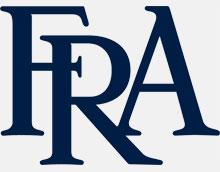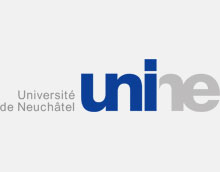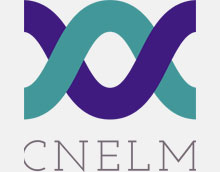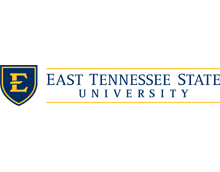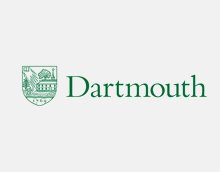Since June of 2019 we have successfully deployed many Voice Tracker microphones for a combination of teleconference and web conferencing rooms. In one specific not-for-profit location, they have had microphone issues in the space leftover from the original vendor. No amount of DSP and adjustments made the space usable for their purposes. We brought in Voice Tracker III to the space and they could not believe the difference in quality. With one microphone connected by the monitor, their entire room was picked up with a clarity they had not ever had in the space.
In my opinion the positioning of the Voice Tracker in the same audio plane of the meeting attendees gives an audio presence that no ceiling microphone has been able to capture. The fact that the Voice Tracker is a reasonable cost makes it an easy sell to the client after the demonstration.
Due to the NYC COVID 19 shutdown many universities we are working with are looking to create hybrid learning environments with Zoom. The Voice Tracker lends itself perfectly to these types of spaces, as many fit the size and price constraints we are being tasked with in the coming months.

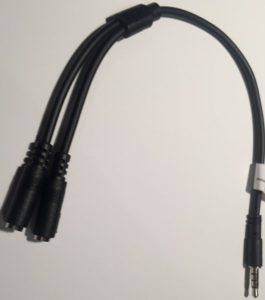
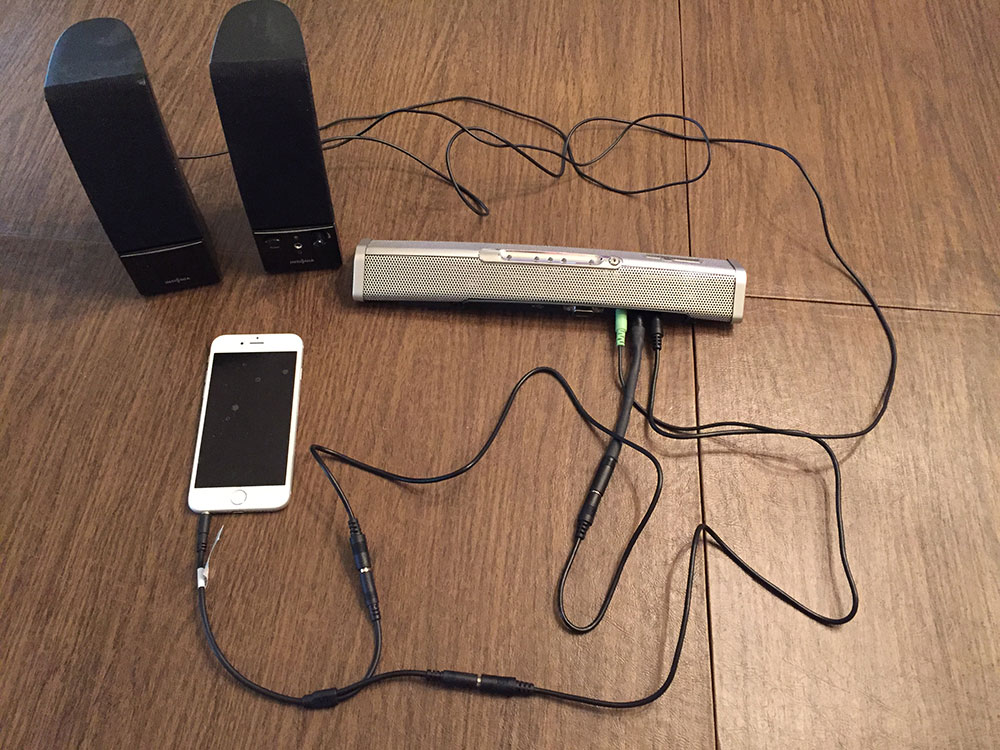
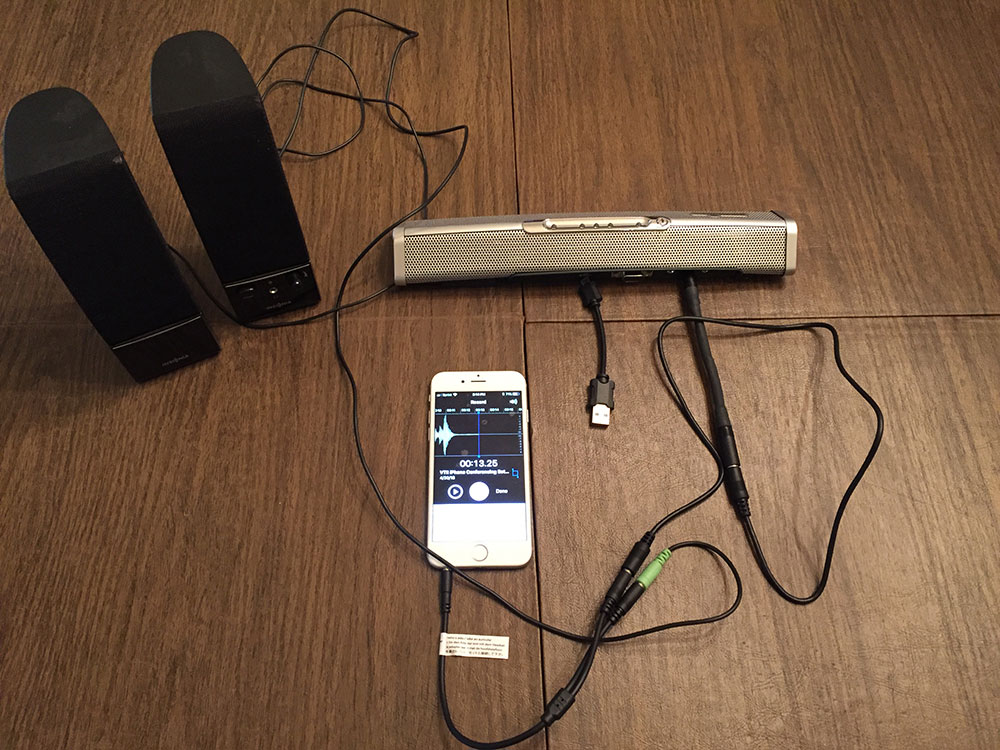
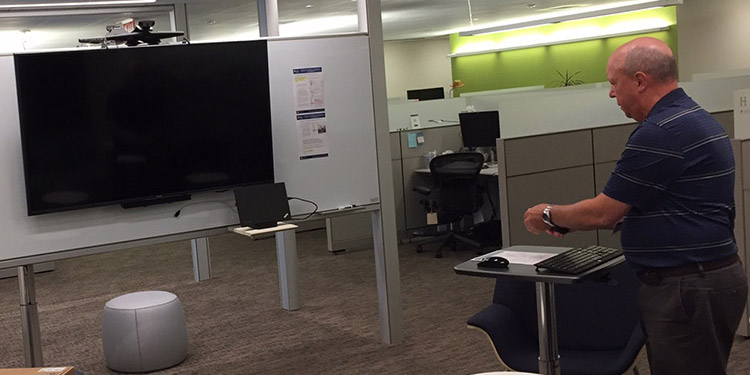
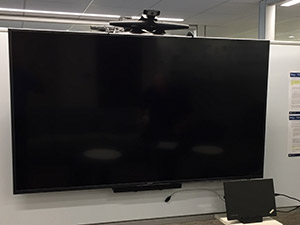 A well known eastern insurance company is employing Voice Tracker I microphones throughout cubicle areas to facilitate Skype for Business based collaboration meetings.
A well known eastern insurance company is employing Voice Tracker I microphones throughout cubicle areas to facilitate Skype for Business based collaboration meetings.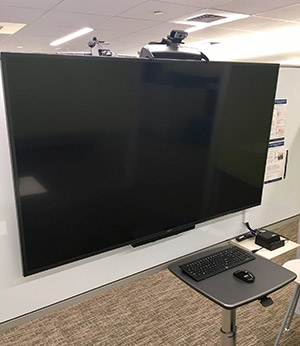 The Voice Tracker picks up the talkers around the monitor, and ranges of 25 feet or more, and with an extremely wide field of view.
The Voice Tracker picks up the talkers around the monitor, and ranges of 25 feet or more, and with an extremely wide field of view.